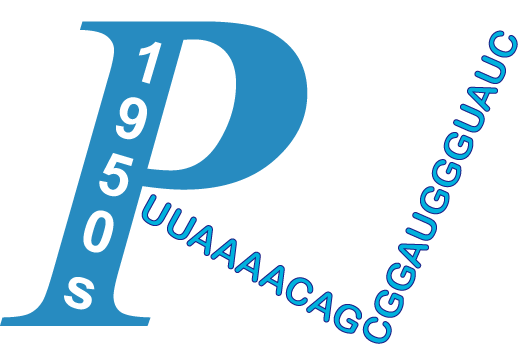| Title | Heart rate variability and stroke volume variability to detect central hypovolemia during spontaneous breathing and supported ventilation in young, healthy volunteers. | ||
| Author | Elstad, Maja; Walloe, Lars | ||
| Journal | Physiol Meas | Publication Year/Month | 2015-Apr |
| PMID | 25799094 | PMCID | -N/A- |
| Affiliation | 1.Department of Physiology, Institute of Basic Medical Sciences, University of Oslo, Blindern, 0317 Oslo, Norway. | ||
Cardiovascular oscillations exist in many different variables and may give important diagnostic and prognostic information in patients. Variability in cardiac stroke volume (SVV) is used in clinical practice for diagnosis of hypovolemia, but currently is limited to patients on mechanical ventilation. We investigated if SVV and heart rate variability (HRV) could detect central hypovolemia in spontaneously breathing humans: We also compared cardiovascular variability during spontaneous breathing with supported mechanical ventilation.Ten subjects underwent simulated central hypovolemia by lower body negative pressure (LBNP) with >10% reduction of cardiac stroke volume. The subjects breathed spontaneously and with supported mechanical ventilation. Heart rate, respiratory frequency and mean arterial blood pressure were measured. Stroke volume (SV) was estimated by ModelFlow (Finometer). Respiratory SVV was calculated by: 1) SVV% = (SVmax - SVmin)/SVmean during one respiratory cycle, 2) SVIntegral from the power spectra (Fourier transform) at 0.15-0.4 Hz and 3) SVV_norm = ( radicalSVIntegral)/SVmean. HRV was calculated by the same methods.During spontaneous breathing two measures of SVV and all three measures of HRV were reduced during hypovolemia compared to baseline. During spontaneous breathing SVIntegral and HRV% were best to detect hypovolemia (area under receiver operating curve 0.81). HRV% </= 11% and SVIntegral </= 12 ml(2) differentiated between hypovolemia and baseline during spontaneous breathing.During supported mechanical ventilation, none of the three measures of SVV changed and two of the HRV measures were reduced during hypovolemia. Neither measures of SVV nor HRV were classified as a good detector of hypovolemia.We conclude that HRV% and SVIntegral detect hypovolemia during spontaneous breathing and both are candidates for further clinical testing.
